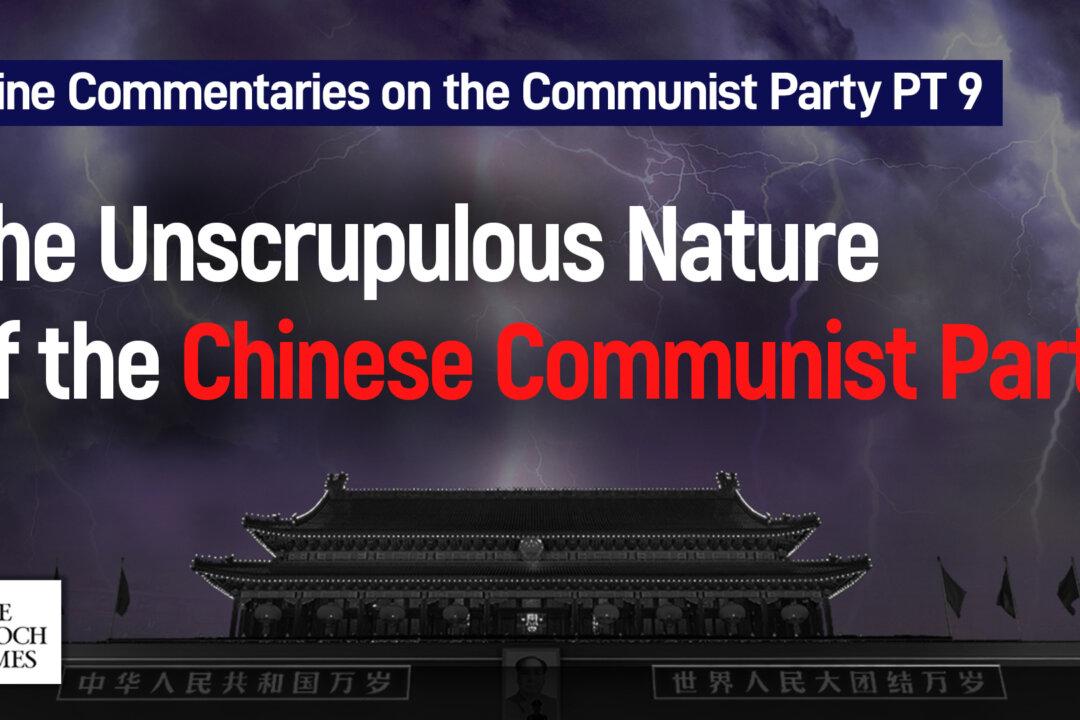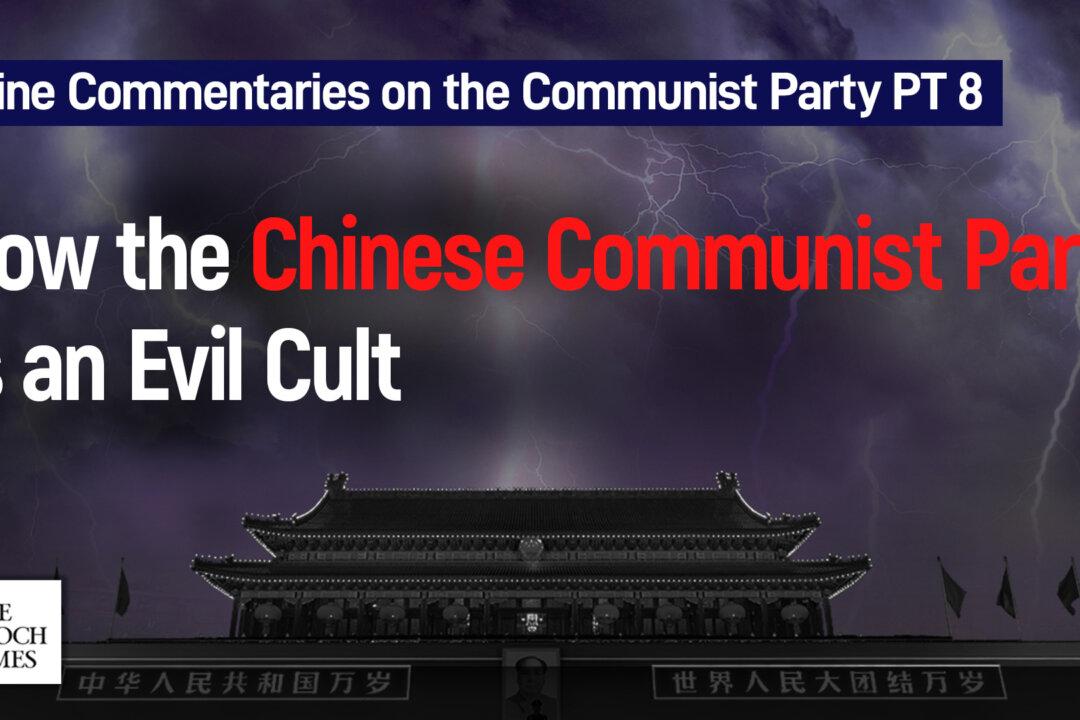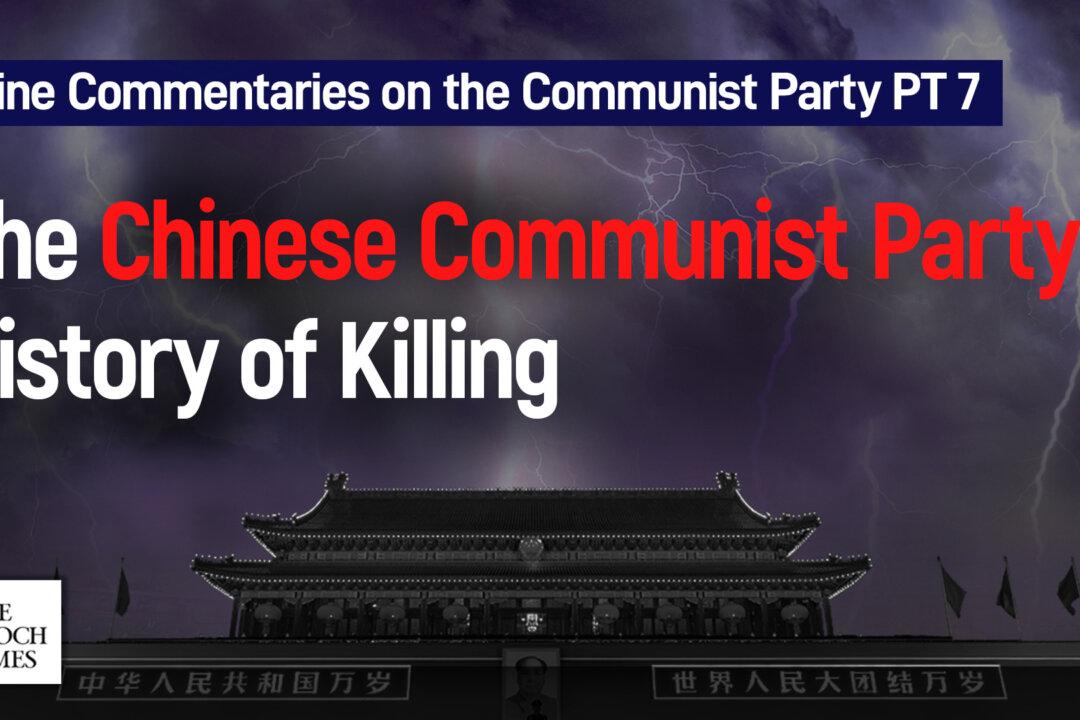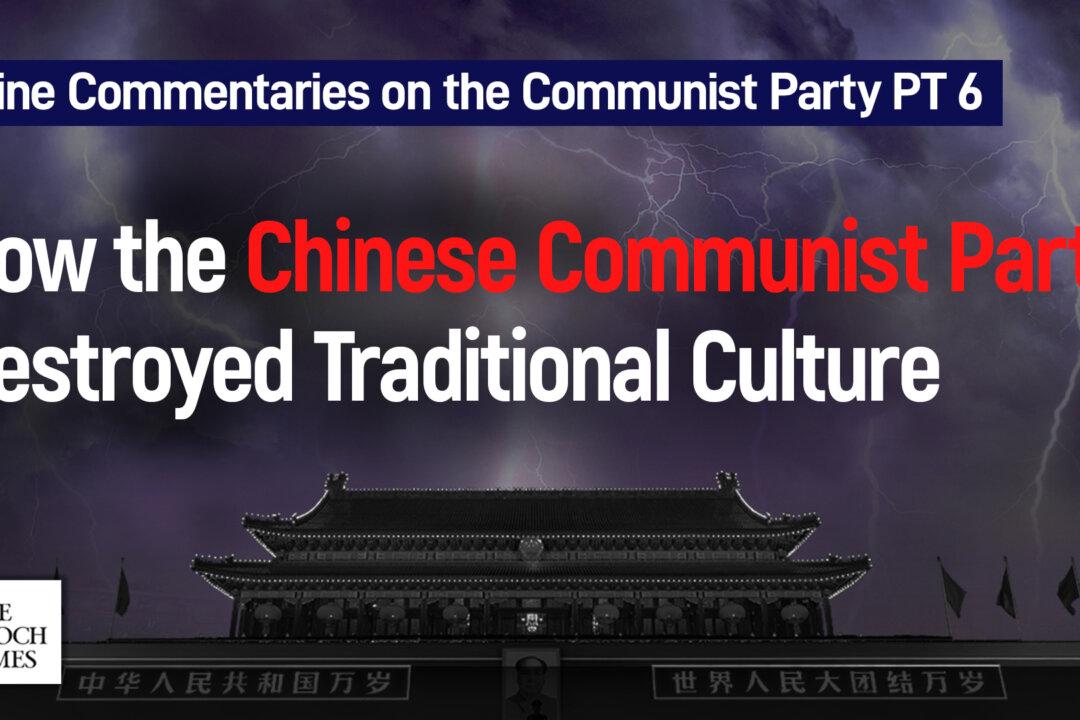The Epoch Times is serializing an adaptation from the Chinese of a new book, “How the Specter of Communism Is Ruling Our World,“ by the editorial team of the ”Nine Commentaries on the Communist Party.”
Table of Contents
1. Art: A Gift From the Divine2. Art’s Immense Influence on Humanity




